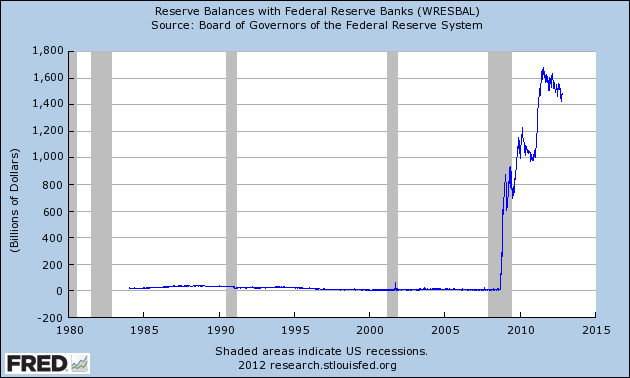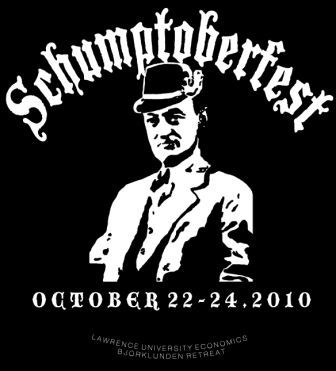The new Lawrence Today showed up in my mailbox today, and as promised I have provided another few hundred words on the dynamics of the college wage premium. You can click here to read my post on what exactly “composition-adjusted log real wages” means, along with a discussion about the trajectory of U.S. wages over the past 50 years.
For those of you interested in learning more about Michael Lewis’s Moneyball, my short review is here via the Economics Department Newsletter (if you are interested in getting on the distribution list for the newsletter, let one of us know). Here on Briggs 2nd and across campus we’ve talked quite a bit about Moneyball. For a taste, here are some discussions about how Moneyball might apply to higher ed, whether Major League Baseball is competitive, and why we should perhaps require kindergarten transcripts.
If you are looking for something that might pique your interest in economics, here are some suggestions: First, one of our all-time most popular topics for classroom discussion is the problem of moral hazard. I would also recommend the posts on the dynamics and continuing evolution of the publishing industry (who knew that an Oprah recommendation actually decreases overall book sales?). Finally, if you are looking for something meatier, check out our (well, my) book recommendations.
Thanks for stopping by.






 The internet lit up today when it became known that the state of
The internet lit up today when it became known that the state of 